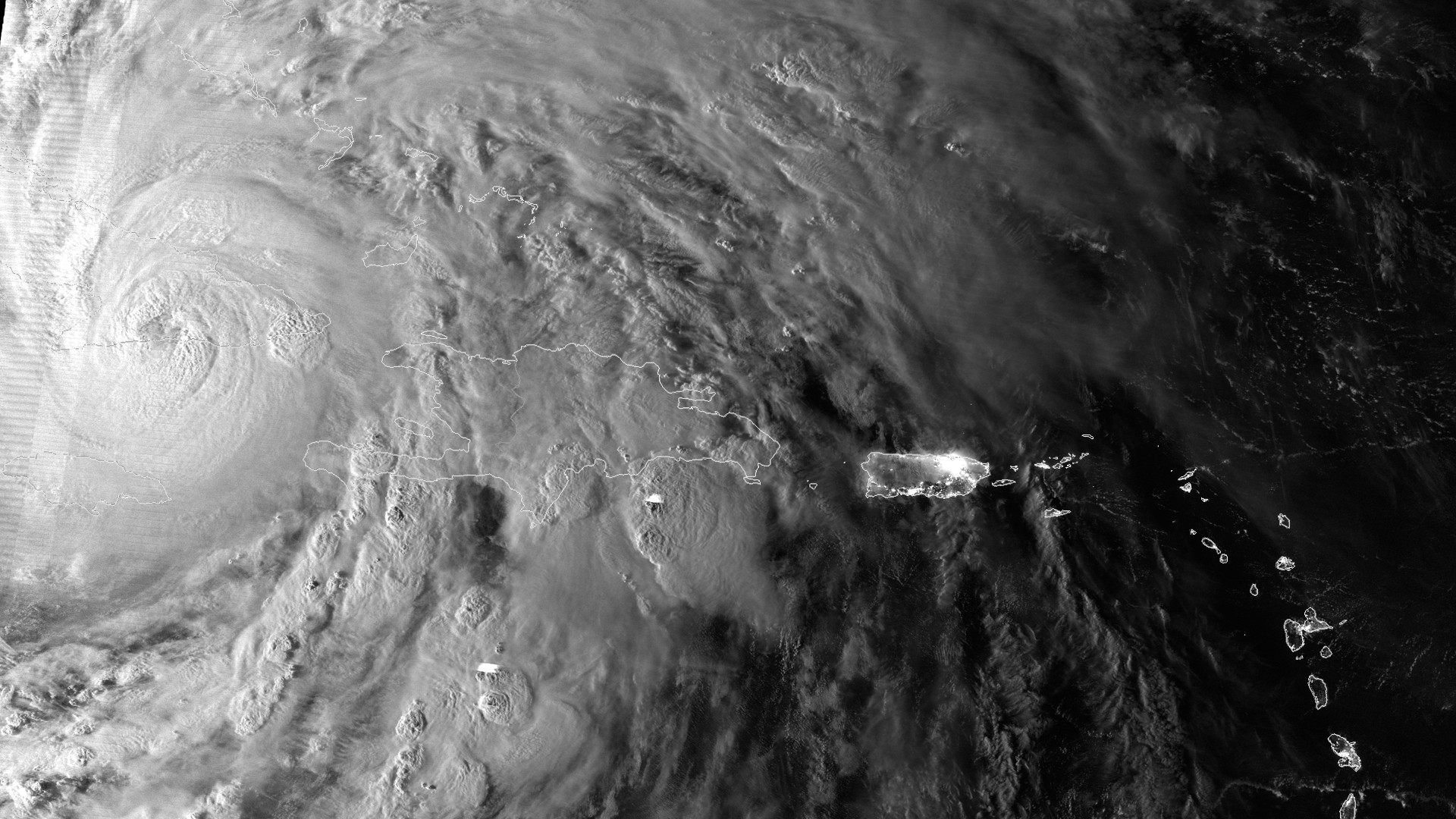Businesses shouldn’t gamble by settling with less-than-adequate disaster recovery. Their IT infrastructure absolutely needs to be able to withstand the most sophisticated cyber-attack or the most destructive natural disaster. Budgets are too tight and the competition is too high in this economy for any kind of setback. Fortunately, businesses with on-site infrastructures have an alternative to expensive, self-run, off-site backup facilities: fully-managed private cloud solutions from IronOrbit.
Many businesses in the northeastern United States with on-site IT infrastructures recently found themselves under-protected with the arrival of Hurricane Sandy. These companies lost all their files and applications as floods destroyed their computing equipment—part of the toll of $50 billion in total economic losses related to the storm. On the other hand, some businesses may have been able to protect their IT hardware from water damage but were one of 8.5 million customers without power. Many companies lost productivity, sales, and customers as a result. The Manhattan-based websites Gawker, Buzzfeed, and the Huffington Post all went down after power outages at their self-hosted data centers, for example. They each lost about $100,000-$150,000 in ad revenues per day during the downtime (based on their yearly revenues of around $60 million).
Businesses caught off-guard by Hurricane Sandy shouldn’t dismiss the disaster as a “once-in-a-lifetime-storm” that will never be repeated and thus does not justify future preventative adjustments to their IT infrastructure. Firstly, “once-in-a-lifetime” natural disasters, in spite of their name, seem to be occurring every six-to-twelve months. Consider that the Japanese tsunami ($300 billion in total economic losses), the Thailand floods ($45 billion, while also causing a 28% increase in the price of hard drives), and the 2011 U.S. tornado outbreak ($20+ billion) have all happened within the last two years. Secondly, businesses with on-site IT infrastructures can attain better protection from data loss and downtime without having to pay for expensive off-site backup facilities and hardware by switching to the cloud. With the cloud, companies get a more reliable, mobile, and secure infrastructure for a lower cost and with superior disaster recovery.
Cloud computing can be trusted to prevent data loss and downtime better than on-premise IT infrastructures for several reasons. First, the cloud’s off-site servers will usually not be affected by the same localized storms that its users deal with. Second, even if a cloud data center were damaged by a hurricane, clouds have data backup sites and ready-to-go infrastructures or “hot sites” throughout the country. Finally, the cloud does not require any on-site hardware and can be accessed from anywhere. If the main office of a business has been destroyed, employees can access their files and applications from a cloud-based infrastructure while reconvening at a temporary location or working from home.
IronOrbit users in the Northeast experienced first-hand the ability of the cloud to prevent data loss and downtime. During Sandy, it was business as usual for all the IronOrbit users with Internet access (including via mobile data networks). Guillo Cianci of the Long Island-based Fratello Construction Inc. remarked, “Hurricane Sandy could have been a catastrophic data disaster for our company but our business didn’t skip a beat. Some of our neighbors were not so lucky. Hosting our IT with IronOrbit has been one of the best business decisions we have made; knowing that my business will always be up and running pays off every day.”
On top of the inherent disaster recovery capabilities of the cloud, IronOrbit takes additional measures to prevent even the possibility of data loss and downtime. With 24x7x365 technical support, we can help you with any issue at any time—even in the midst a power outage or destructive storm during the middle of the night. We’ve set industry-low Recovery Point Objectives (RPOs) and Recovery Time Objectives (RTOs) of 4 hours and 12 hours respectively. At the moment, we’re also offering to rebuild the IT infrastructure of any company that has been affected by Hurricane Sandy for free. Signing up with IronOrbit means no more worrying about disasters, downtime, or data loss—with us, you’ll be protected from all three.











